This week, my class was working on measurement. One o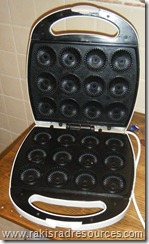 f the things we had to work on was doubling and halving measurements – especially in regards to grams and recipes. My students were to take a recipe and figure out how much of each ingredient was needed to make a double batch and half a batch. So, of course this was a great time for cooking in the classroom! There is so much vocabulary, reading, science, math, and real-life skills that can be worked into a single cooking activity. I love to cook with my students. Luckily, the school that I teach at – International School of Morocco – has a lot of resources on hand for projects like this. We could have baked them in the full size oven, but it was lasagana day and I decided not to clog up the oven with our muffins. Instead, we used my muffin-ette machine, picture above. On Friday, my class created Carrot-Apple Muffin-ettes. (Scroll Down for the Recipe & a free, printable student sheet.)
f the things we had to work on was doubling and halving measurements – especially in regards to grams and recipes. My students were to take a recipe and figure out how much of each ingredient was needed to make a double batch and half a batch. So, of course this was a great time for cooking in the classroom! There is so much vocabulary, reading, science, math, and real-life skills that can be worked into a single cooking activity. I love to cook with my students. Luckily, the school that I teach at – International School of Morocco – has a lot of resources on hand for projects like this. We could have baked them in the full size oven, but it was lasagana day and I decided not to clog up the oven with our muffins. Instead, we used my muffin-ette machine, picture above. On Friday, my class created Carrot-Apple Muffin-ettes. (Scroll Down for the Recipe & a free, printable student sheet.)
Here are the skills we worked on in this lesson:
Math:
- measuring using grams, milliliters and teaspoons
- doubling and halving numbers
- fractions
There’s nothing like real life math to stop the “Why do we have to learn this?” questions.
Language Arts:
- reading a recipe
- recipe vocabulary (ingredients, steps, food names)
- cooking vocabulary (bowl, spoon, stir, mix, grate)
For my English Language Learners, this vocabulary is priceless to them, and builds background for later literacy activities.
Science:
- nutrition
- chemical reactions (Why do we add baking powder?)
- heat reactions (Why do we hear the batter sizzle?)
All of these standards will be taught later in the year, but the more background knowledge we can build, the more connections my students can make.
Real-Life Skills:
- cutting and preparing foods
- following step by step directions
- cleaning up after a project
Many of my students don’t work in the kitchen or clean up the table at home, so these real life skills are often very needed.
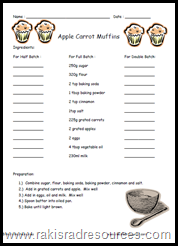 Here is the recipe we used – note as we use UK standards, all units of measurement are British. Feel free to grab the sheet my students used to half and double the recipe from Google Docs.
Here is the recipe we used – note as we use UK standards, all units of measurement are British. Feel free to grab the sheet my students used to half and double the recipe from Google Docs.
Apple Carrot Muffins
Ingredients:
250g sugar
320g flour
2 tsp baking soda
1 tbsp baking powder
2 tsp cinnamon
1tsp salt
225g grated carrots
2 grated apples
2 eggs
4 tbsp vegetable oil
230ml milk
Preparation:
1.) Combine sugar, flour, baking soda, baking powder, cinnamon and salt.
2.) Add in grated carrots and apple. Mix well
3.) Add in eggs, oil and milk. Mix well
4.) Spoon batter into oiled pan.
5.) Bake until light brown.
I was supposed to take a picture of the finished product, but my kids gobbled them up so fast, I missed my opportunity.
How have you used cooking in your classroom?

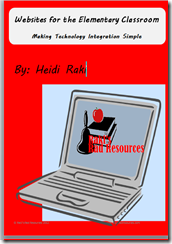 have over 60 for you. I actually compiled these suggestions into an E-Book that is available to you completely free! This E-Book is a compilation of my “tried and true” favorite websites to use in an elementary classroom. It has two sections, one sorted by grade level and one sorted by subject. I hope that this compilation will be of benefit to those teachers who truly want to use websites as teaching tools, but are just not sure what sites to use.
have over 60 for you. I actually compiled these suggestions into an E-Book that is available to you completely free! This E-Book is a compilation of my “tried and true” favorite websites to use in an elementary classroom. It has two sections, one sorted by grade level and one sorted by subject. I hope that this compilation will be of benefit to those teachers who truly want to use websites as teaching tools, but are just not sure what sites to use.

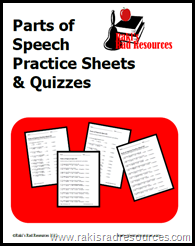

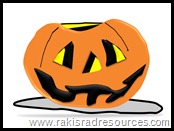


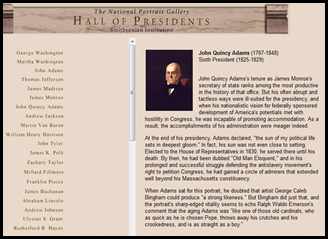


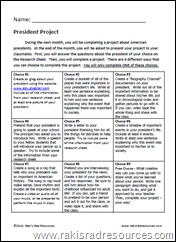

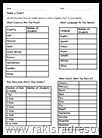
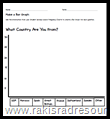

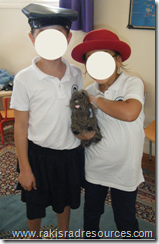
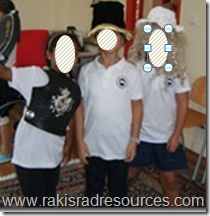






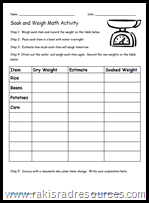

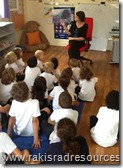
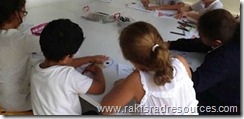
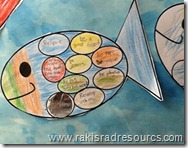
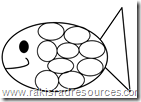







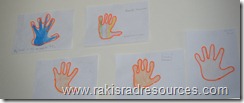
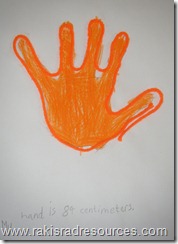


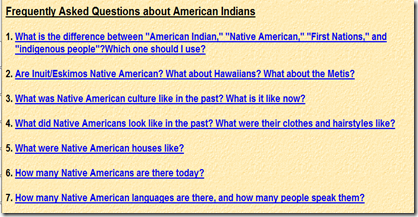
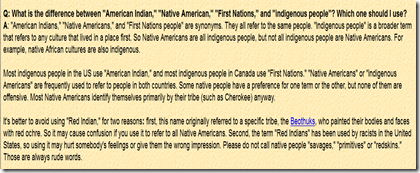



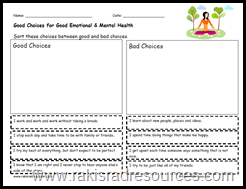





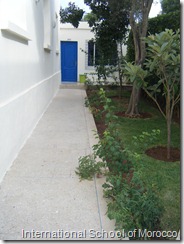



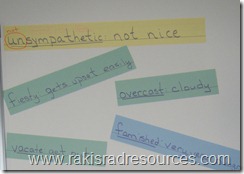
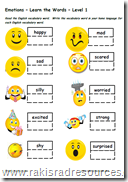
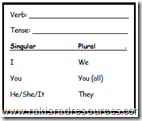
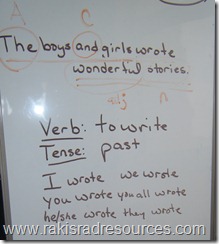


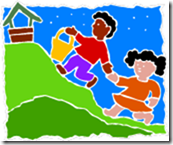
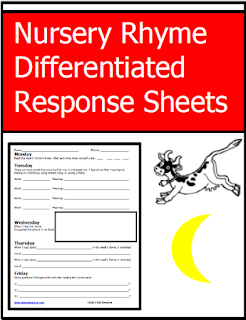

![Everythings-Intermediate-Expo7222232[1] Everythings-Intermediate-Expo7222232[1]](http://lh3.ggpht.com/-V9sqUjFVA8o/UGt5hurhR7I/AAAAAAAAGn4/dsflgJVl0Yw/Everythings-Intermediate-Expo7222232%25255B1%25255D%25255B2%25255D.jpg?imgmax=800)
